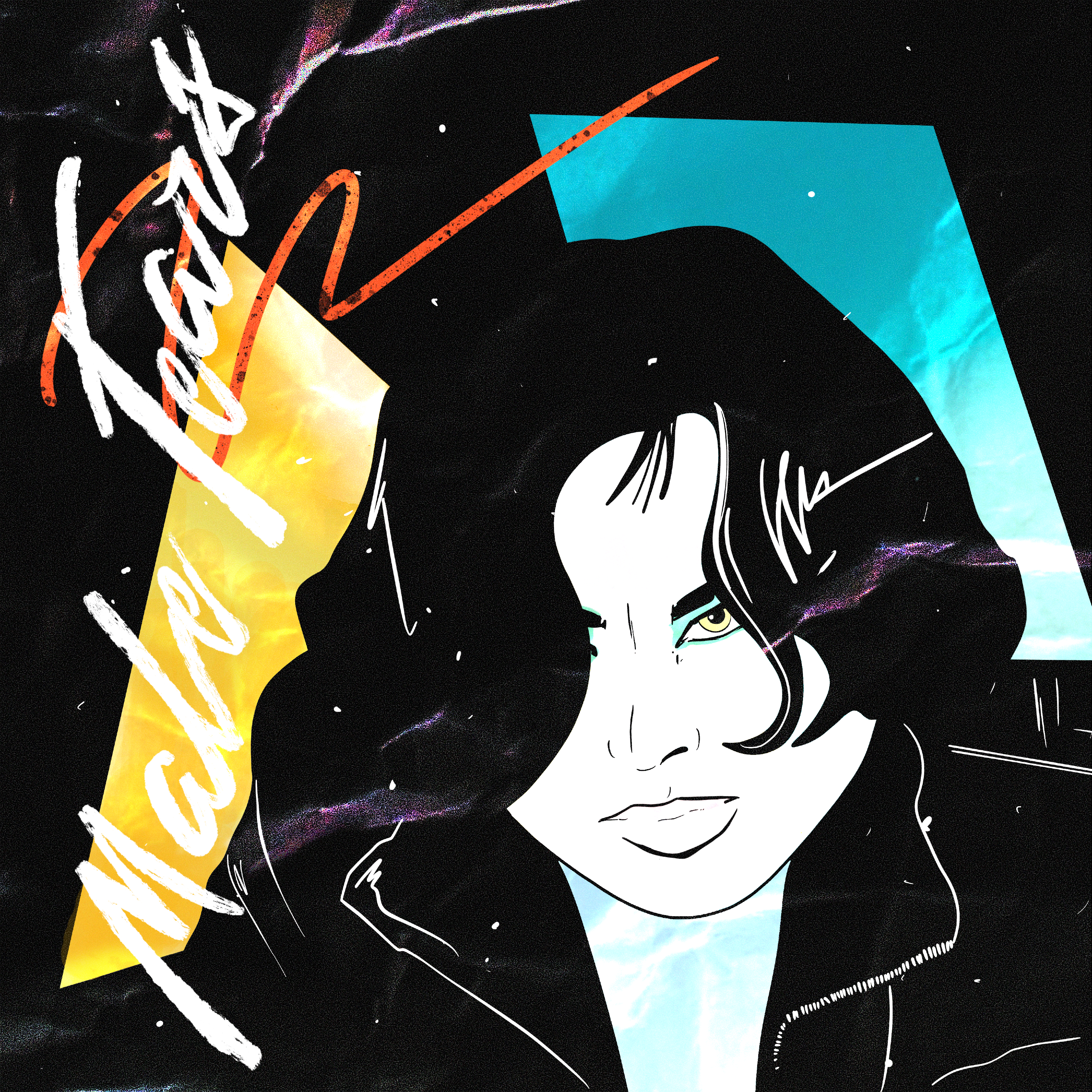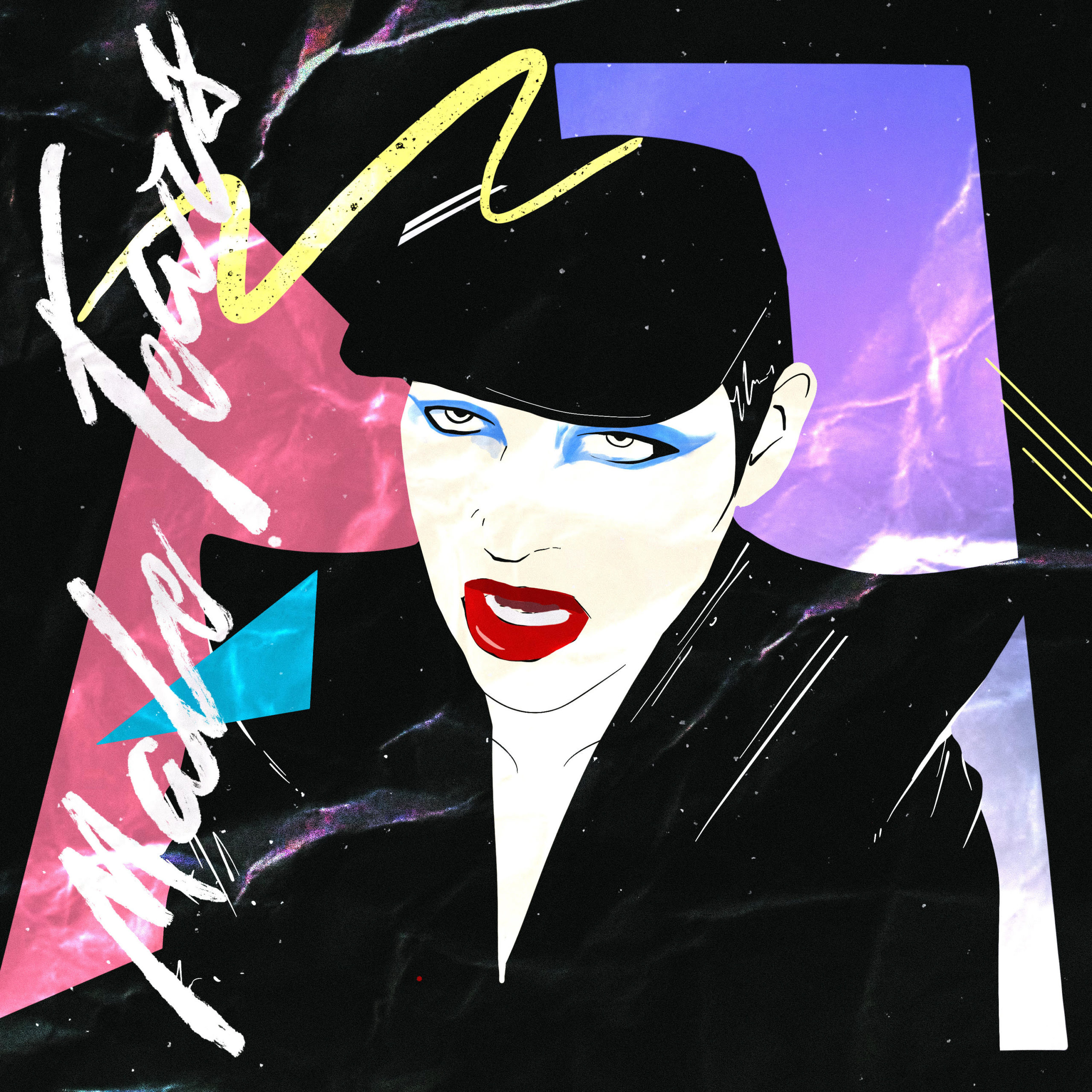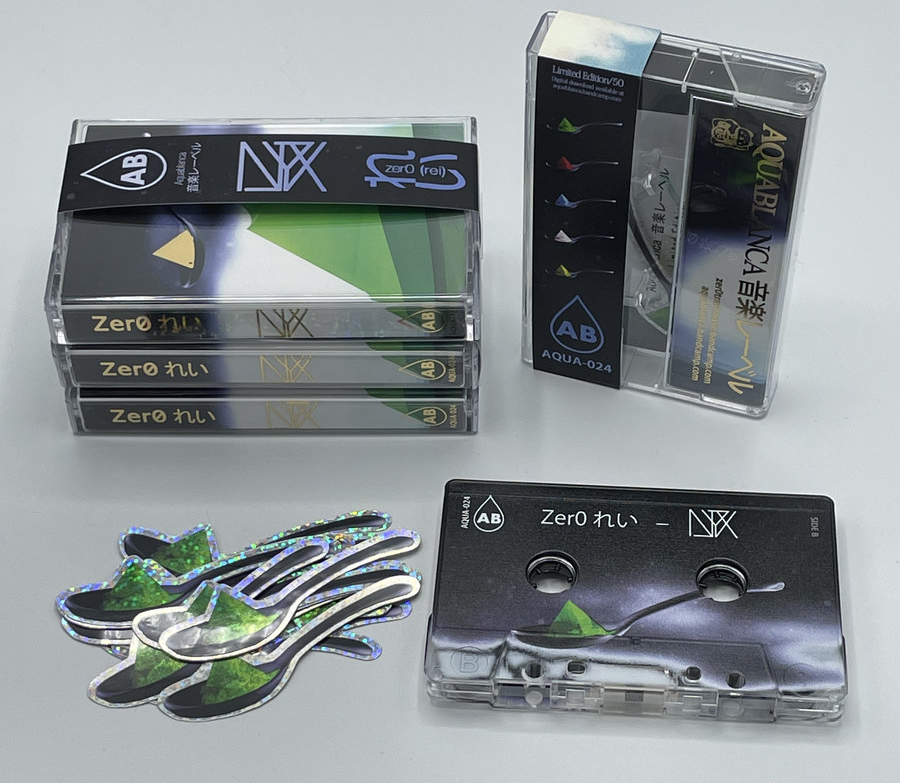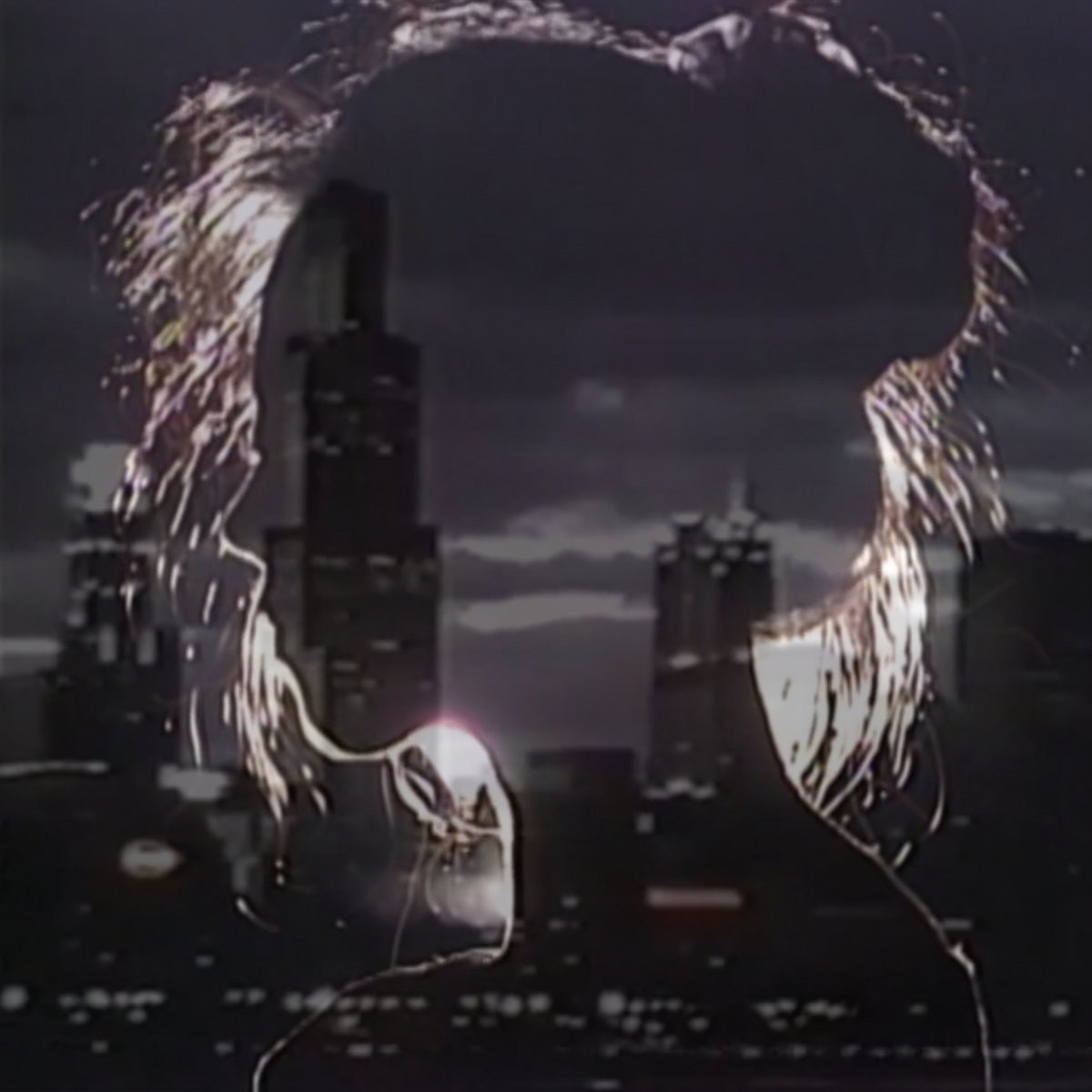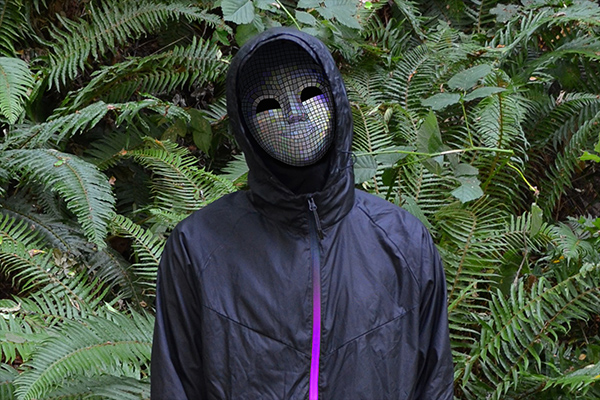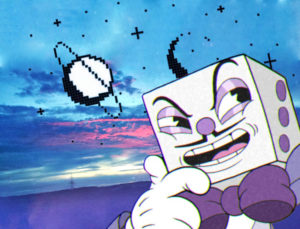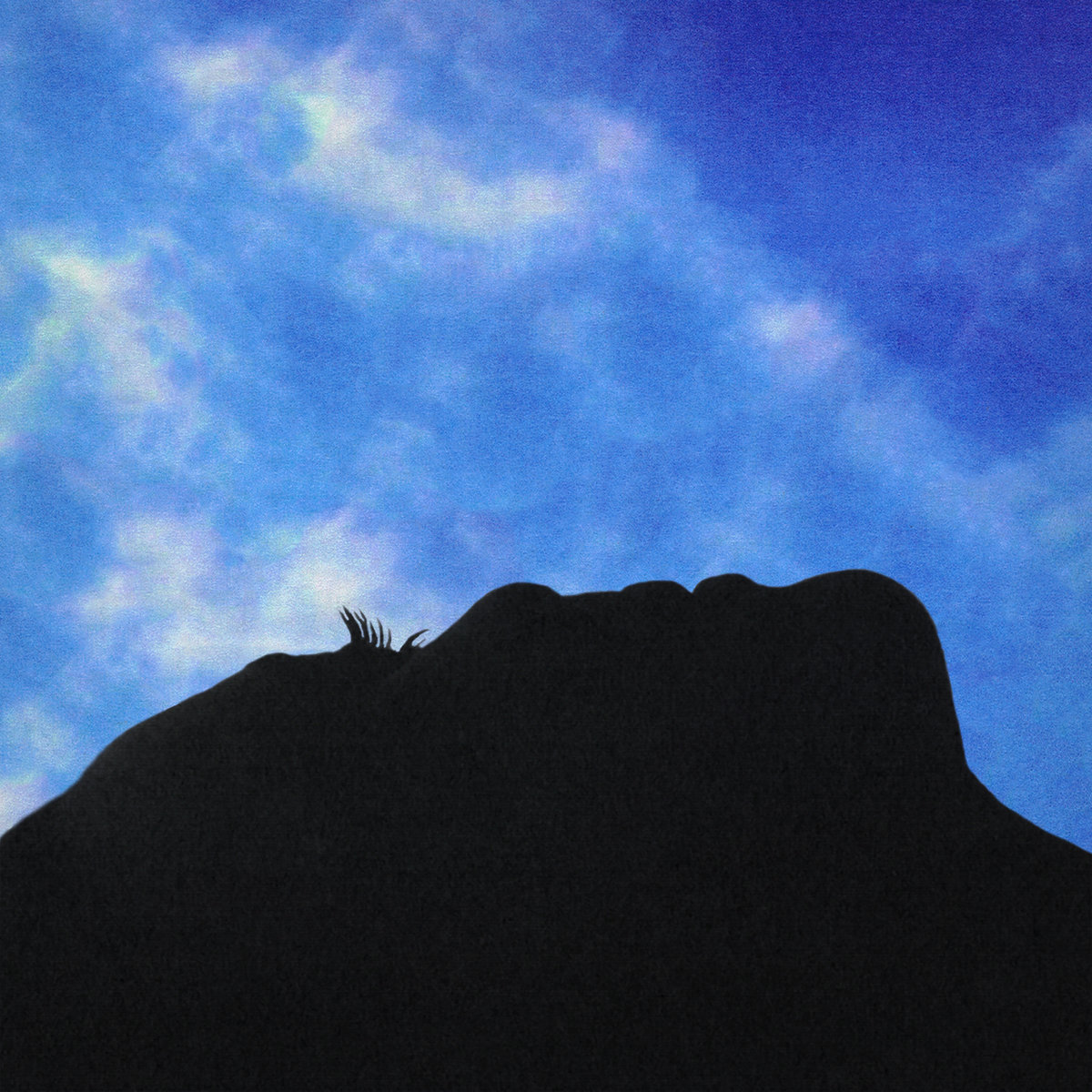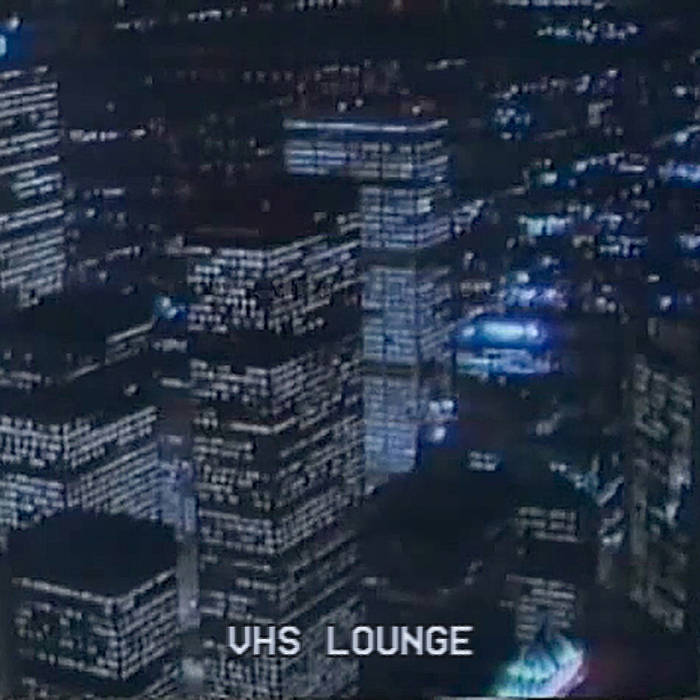
Album Review
VHS LOUNGE
By: vcr-classique
Written By: Stuad^Dib
As exhausting as living in the 21st century often is, it’s little wonder that vaporwave in general – and late-night lofi in particular – is so preoccupied with escapist themes of luxury and relaxation. Filtering and refining smooth jazz and funk through gauzy layers of time, the subgenre creates a safe place to forget one’s troubles and while away the hours in opulence. VHS LOUNGE aims to be that place and it mostly succeeds, though the effect is diminished as many of the samples are too sedate and uniform to linger in memory. Still, the experience is a short but enjoyable respite from life’s ever-present stresses.

We begin already immersed in the lounge’s comforts, quietly taking in the night’s beauty. We wonder for a moment how long we’ve been here, but it doesn’t seem to matter. Before long, the smooth, jazzy saxophone and flute in “SYMPATHY” cause us to relax even further, sinking into our cozy seat and drifting into sleep. Punctuating our descent with its driving rhythm, “RESONANCE” lends a more active tone with an edge of mystery. Perhaps we’re on an adventure, serenely plumbing the depths of our imagination?
Eventually, our inner journey fades into obscurity as we ease back into wakefulness, and we notice that it’s still dark out. Have we slept only a few hours or for an entire day? Either way, we feel well-rested. Cued by the relaxed, muted trumpet of “JOURNAL,” we luxuriate in the lounge’s pleasures a while longer before slowly deciding to go “STEPPIN’ OUT” into the city, ready to party all night long.
Strutting through the crowd, the funky melody and horns reflect our confidence before giving way to the seductive sounds of “BLUSH.” The crooning saxophone and wah-heavy guitar suggest our display has caught the eye of another lounger who wishes to spend the night with us. More than a physical affair, though, “INTERLUDE” blossoms into a gentler, more romantic tune. Basking in their warm embrace, we briefly think to ourselves, “Is this the one we’ve been searching for?”
Abruptly as it began, however, the entanglement ends and we’re left alone with the somewhat bittersweet, but ultimately carefree “BLUE BREEZE”. Musing to ourselves, we decide things are better this way. It’s just the lounge after all, and we had fun. As if triggered by this admission, the gray clouds above gently release themselves and we find shelter to lazily enjoy the “RAINY PARADISE” before us.
Finally, the contemplative trumpet of “SENTIMENTAL” signals that our time in the lounge is coming to an end. Gathering our things, we raise one final glass in commemoration of our stay. Staring pensively out the window of our transport, we watch the “DISTANT LIGHTS” grow dim and disappear. As our memories of this place already begin to fade, we promise to return one day.
On reflection, VHS LOUNGE is quite a soothing experience. Although the samples could be a bit more distinctive from one another and the tape warble could be just a bit heavier, it doesn’t fail to generate a sense of indulgence for the listener to briefly vanish into. For those needing some time away, they could do much worse than to spend a few minutes in the lounge.
vcr-classique
Get The Album!
Favorite Track: INTERLUDE
Score: 3/5



